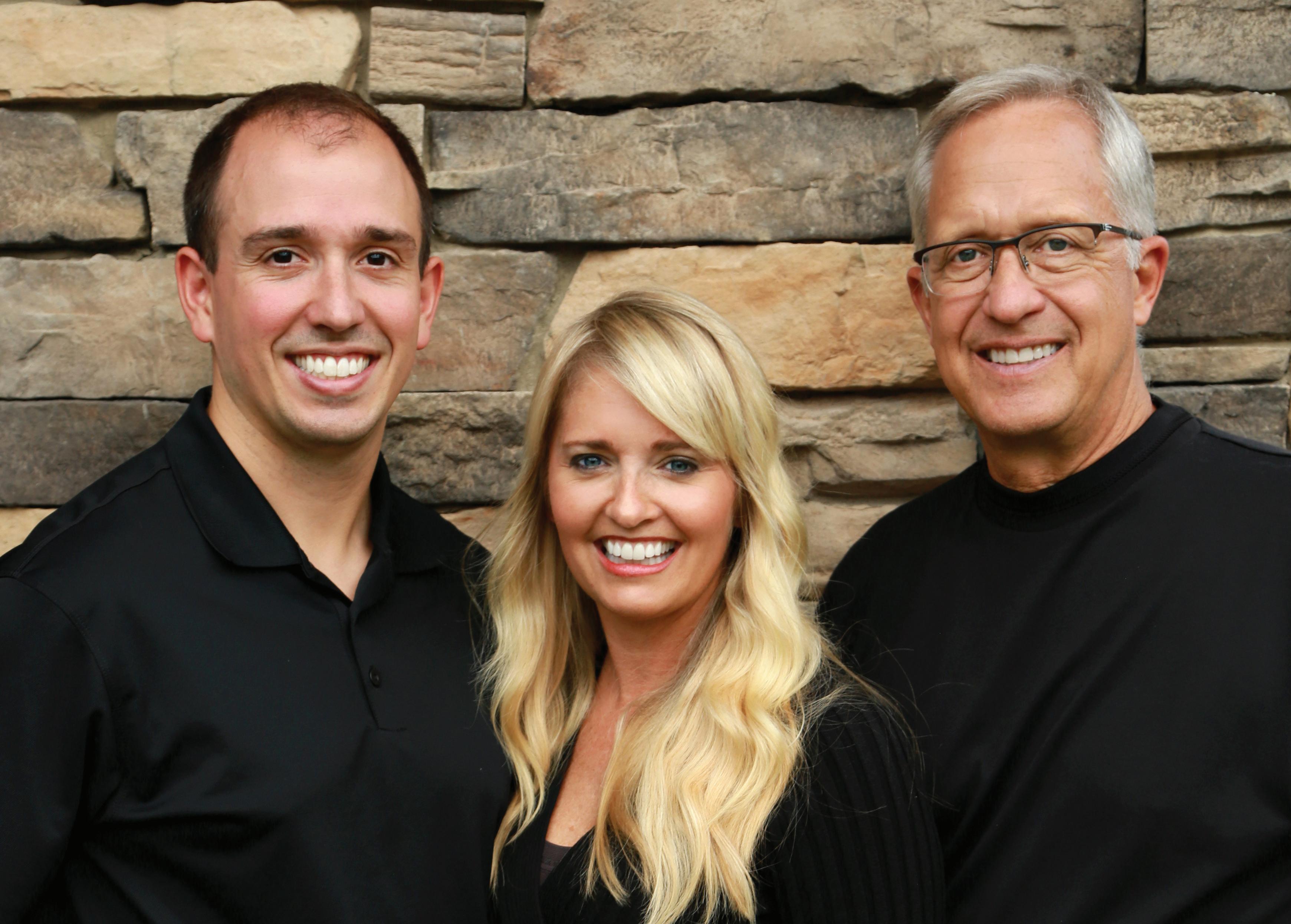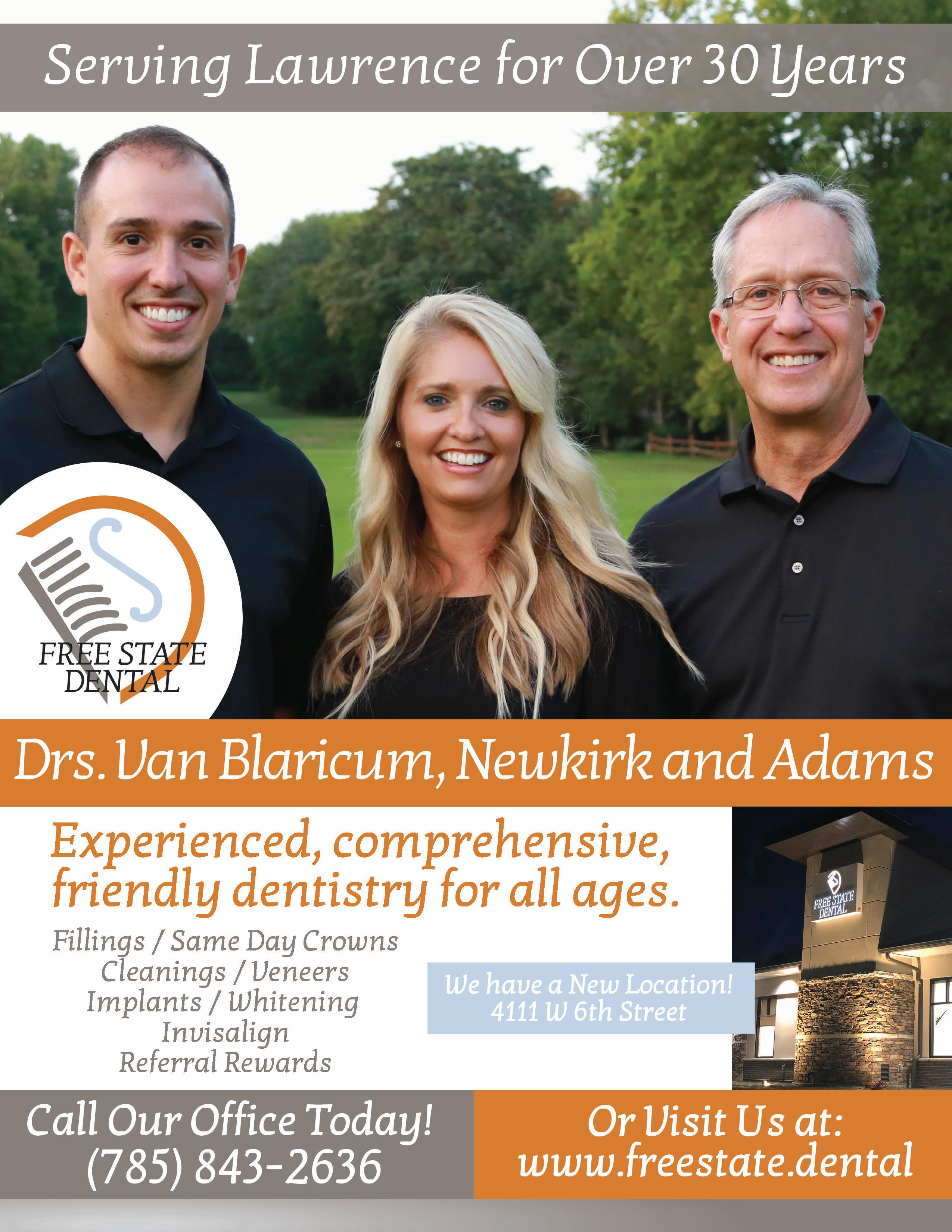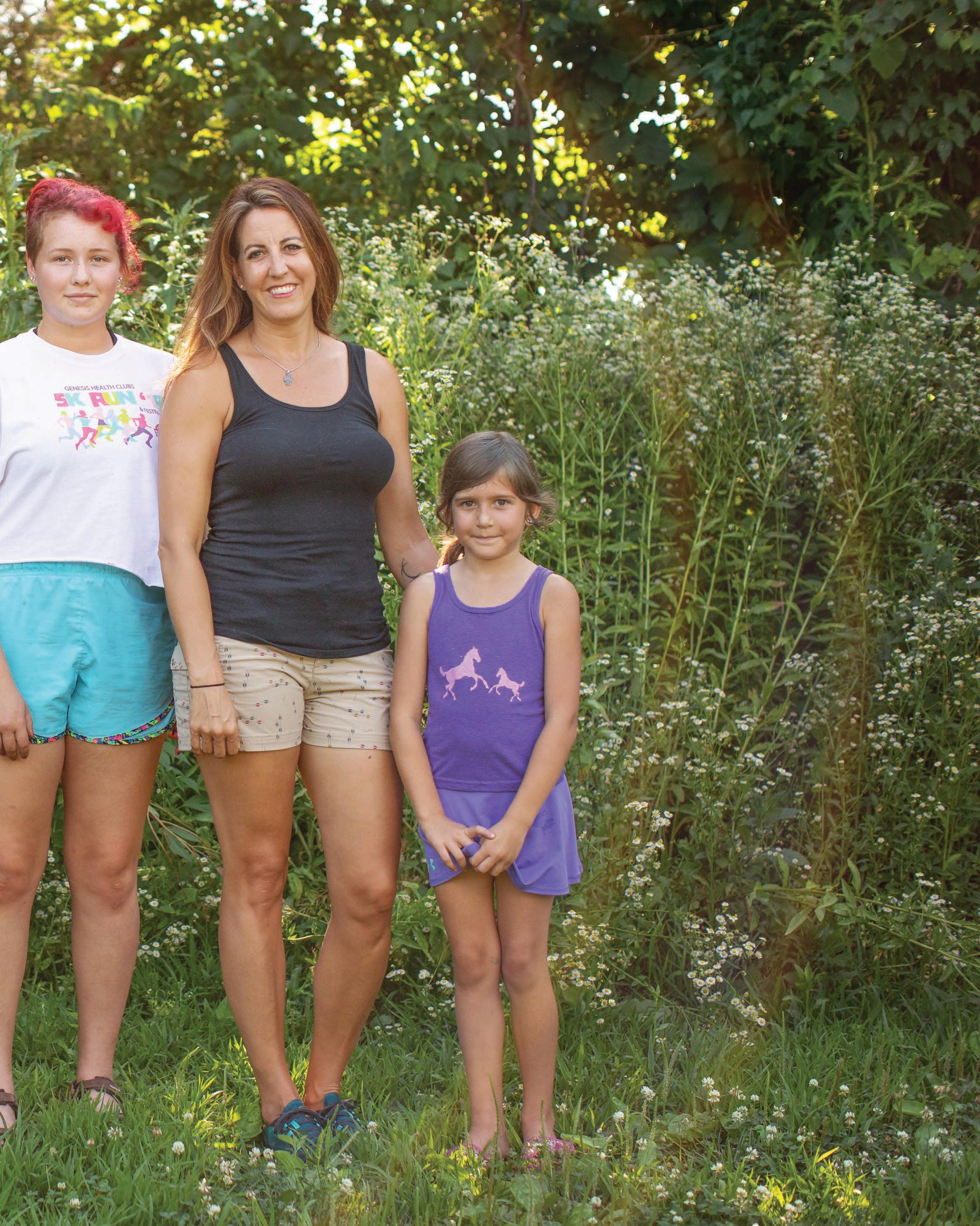
4 minute read
A BLM Walking Tour
In the wake of recent tragedies inflicted on black bodies across our nation, the Black Lives Matter movement swells with surging protests this summer. I’m doing my best to support, listen and learn as an anti-racist person, but as a parent I grapple with how to best explain these events to my 6- and 9-year-old. We continually have talks about race, racism, and anti-racism as a family, but there remains a disconnect in their understanding of today’s current events. How do I teach them about this crucial movement in a way that truly resonates, especially during a pandemic that has us mostly isolated except for walks around our neighborhood?
We can walk or bike to significant locations around town to connect them to notable people and events in Lawrence’s history to highlight the history of injustices against black lives in our country. These walking tour locations were researched over several days. This list is far from all relevant locations that pertain to the pursuit of equality among people of color.
Not long ago I shied away from talking about race with my kids. I continue to challenge my own ignorance on this topic. I’m not an expert, nor am I a historian. I’ve found reading is crucial to empathy, understanding and broadening my family’s and my own worldview. In facing our own history and ignorance, we grow, we learn, we share and we evolve as a community.
The Ballard Center, (formally Lincoln School) - 708 Elm
Lincoln School, the formerly segregated school for black elementary students of Lawrence resides in North Lawrence. Originally located at 7th and Lincoln St., and then later erected at 7th and Elm St where the current structure resides. In 1894 the Supreme Court ruled “separate but equal” was constitutional and eventually segregation became common practice. After the Supreme Court ruling of Brown v. Board of Education declared all schools to be desegregated in 1954, Lincoln School was integrated into Woodlawn Elementary School in 1955. The building is now the residence of The Ballard Center, a non-profit providing early education and life assistance to those in need.
Kansas River Bridge - 6th and Massachusetts
On the southeast sidewalk near City Hall, a wooden staircase entrance will lead you under the bridge. Walking down these stairs and looking towards the river you’ll see a large stone wall, the remains of the original bridge built in 1864. In the summer of 1882, three black men suspected of killing a white man were lynched without trial by a mob of white men. This is one of the more difficult, lesser known historic markers to talk about, but that is also why it needs to be addressed. Lynchings of black individuals without trial happened in cities across the country, but are often swept under the history carpet.
St. Luke A.M.E. Church, 900 New York
Organized in 1862 and built in 1910, St. Luke A.M.E.
A BLM Walking Tour for Families
story and photos by Rebecca Zarazan Dunn
Church has been a beacon of the black community since the city’s early inception. Free and escaped slaves, many arriving in Lawrence through the Underground Railroad, established the congregation which grew as migrating families moved to the area after the Civil War. The building was added to the National Register of Historic Places in 2005.
Langston Hughes childhood homes: 732 Alabama & 731 New York
The famed poet Langston Hughes lived in Lawrence during his youth, first with his grandmother (732 Alabama) and then with the Reed family after his grandmother’s death (731 New York). Both homes are no longer present but do have historic markers indicating their location. For the years he lived in Lawrence, Hughes attended services and Sunday school at St. Luke A.M.E. Church. I recommend reading his poem “I, Too” before or after visiting.
Municipal Stadium, 11th and Delaware
“East Lawrence Waltz”, a community mural on Municipal Stadium in Hobbs Park, depicts the origins of Lawrence from its conception to the civil war movement. Langston Hughes’ poem “Youth” hovers above vivid, colorful imagery. The mural depicts indigenious peoples pre-settlement, the city’s anti-slavery origins, the Underground Railroad, the Quantrill Massacre, St. Luke A.M.E. Church, protests during the civil rights movement, as well as recent protests and resistance among other themes. It’s a springboard for many conversations.
Lawrence High School, 1901 Louisiana
In April of 1970, 50 black students locked themselves in the main office of the high school to protest discrimination and inequality within the school and demanded more black teachers and more black students, inclusion in extracurricular activities and inclusion of black history/studies in the school’s curriculum. This was one of many protests organized by students between 1968 and 1970, several of which were met with police intervention and tear gas.
Watkins Museum of History, 1047 Mass
Opening June 26, 2020 Watkins Museum will host “Days of Rage: The 1970 curfew.” The exhibit is associated with The Lawrence 1970 Project, a 50-year commemoration of that year’s pivotal events in Lawrence’s history including race and civil rights. LK







